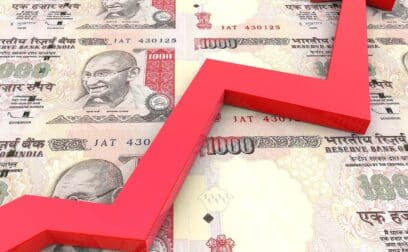Definition
High-frequency trading (HFT) is a form of algorithmic trading that involves the use of powerful computers and complex algorithms to execute a large number of trades at extremely high speeds.
What is a high-frequency trading?
The goal of HFT is to profit from tiny price discrepancies in financial markets that can occur in a matter of milliseconds or even microseconds.
Here’s how HFT generally works:
1. Speed and technology: HFT relies heavily on speed and technology. HFT firms invest in cutting-edge hardware and software to minimise the time it takes for their trading algorithms to receive market data, make decisions, and execute trades.
2. Market data: HFT algorithms continuously monitor real-time market data, including price quotes, order book data, and other relevant information. These algorithms analyse the data to identify patterns, trends, and potential trading opportunities.
3. Algorithmic strategies: HFT strategies can vary widely, but they often involve making a large number of small trades in a short period of time. Some strategies involve taking advantage of arbitrage opportunities, where the same asset is priced differently across different markets or exchanges.
4. Co-location: HFT firms often place their trading servers in close proximity to the exchanges’ servers to reduce network latency and gain a speed advantage.
5. Market making: Some HFT firms act as market makers. They provide liquidity to the market by continuously posting both buy and sell orders for a wide range of assets. This helps ensure that there are always willing buyers and sellers in the market.
6. Risk management: Due to the high-speed nature of HFT, risk management is crucial. HFT algorithms are designed to react swiftly to market conditions, and risk controls are implemented to prevent erroneous or excessively risky trades.
7. Controversies: HFT has been a topic of debate and controversy. Critics argue that HFT can lead to market instability, exacerbate volatility, and create unfair advantages for firms with the fastest technology. Proponents contend that HFT improves market efficiency by narrowing bid-ask spreads and increasing liquidity.
It’s important to note that while HFT is a significant aspect of modern financial markets, it’s also a complex and rapidly evolving field. Regulations, technological advancements, and market dynamics continue to shape the practice of high-frequency trading.
Example of high-frequency trading
XYZ Hedge Fund is actively engaged in high-frequency trading in the stock market. Here’s how their high-frequency trading strategy might work:
- Algorithmic analysis: XYZ Hedge Fund develops complex algorithms that analyse real-time market data, including price movements, trading volumes, and other relevant indicators.
- Market signals: The algorithms identify short-term market inefficiencies, price disparities, or trends that can be exploited for quick profits.
- Instantaneous execution: Once a potential trading opportunity is identified, the algorithms automatically execute buy or sell orders at lightning speed, taking advantage of the market conditions before they change.
- High trading volumes: The hedge fund engages in a large number of trades throughout the day, with each trade being executed within microseconds.
- Arbitrage opportunities: High-frequency traders like XYZ Hedge Fund may engage in arbitrage, exploiting price differences between different markets or exchanges.
































 yet? Register here!
yet? Register here!